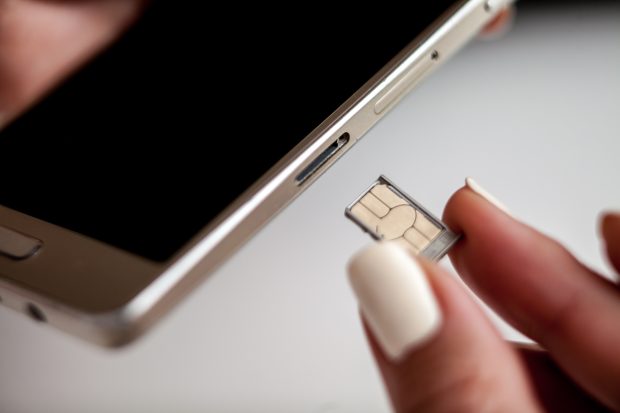Always on the hunt for a good deal? Savvy shoppers who are looking to save money on their mobile phone contracts might have seen the word ‘eSIM’ floating around. But what is an eSIM, and can it really save you money? Here, mobile operator spusu breaks down everything you need to know.
Traditionally, you’d connect your phone to the network using a physical SIM card, placed into your phone’s card SIM tray. But that’s all set to change. There’s a new kid on the block — the embedded SIM.
An eSIM comes embedded in your phone when you purchase it. You don’t need to physically install or remove an eSIM, with all the setup and switching between providers done digitally. eSIMs are still gaining traction in the UK, but across the pond in the US, it’s a different picture. Last year, their iPhone 14 model launched as eSIM-only, and it’s likely that the trend will follow here. So, what benefits can an eSIM offer?

Why make the switch?
The immediate benefit of going digital is that it’s a much quicker setup. If you buy a new phone, you don’t need to wait for the SIM card to arrive in the post. A new handset can be taken out of the box and set up online within minutes. This makes switching between providers much quicker too, since your contacts are stored in the cloud rather than on the physical SIM.
Cost is a major advantage too. SIM-only plans are often cheaper than long-term rolling contracts, and they also mean you can avoid mid-contract price rises. The ease of switching also means it’s much easier to shop around and take advantage of seasonal and short-term promotions.
And for those with the travel bug, eSIMs allow you to have multiple plans on one device. That means you can have multiple plans for different countries, saving on hefty roaming charges and ensuring you get the best deal wherever you are from the moment you land.
While eSIMs come with a variety of benefits, there are a few considerations you need to make before switching:
- Are there any hidden costs?
Make sure that you aren’t going to incur any costs when leaving your current provider. If you’re paying for the cost of your handset within your current monthly phone plan, you might need to pay this off before you switch. For long-term contracts, there might also be an additional fee for ending your contract early. It’s always best to check with your provider first to ensure that you don’t lose out.
- Is your phone compatible?
Most of the latest phones offer eSIM compatibility. That includes iPhones from the iPhone 11 onwards, Samsung’s Galaxy S20, S21 and S22, and the Google Pixel 3 onwards. If you’re not sure, you can check this in your phone settings and see if there’s an option to add a mobile plan or eSIM.
- Does the new provider offer all the same perks?
Your current phone contract might offer perks such as price freezes, free international calls or roaming, or discounts to other subscription services. It’s important to fully weigh up the costs of your current plan and a potential new one, as well as how much you actually make use of these additional perks.
For customers who’d like to switch to eSIM but are still waiting for their contract to expire, there’s still a way to bag a good deal now. Spusu offers an ‘order now, activate later’ scheme that means you can secure a plan for up to six months before activating it. Recurring billing doesn’t start until after the SIM has been activated, and with all plans currently offering a price freeze until 2024, you can guarantee a good deal without any hidden surprises.
With Apple moving away from physical SIMs in the US, it’s likely that the same thing will happen here. Switching to an eSIM offers a variety of benefits, and there’s never been a better time to get ahead of the curve and secure a good deal.








